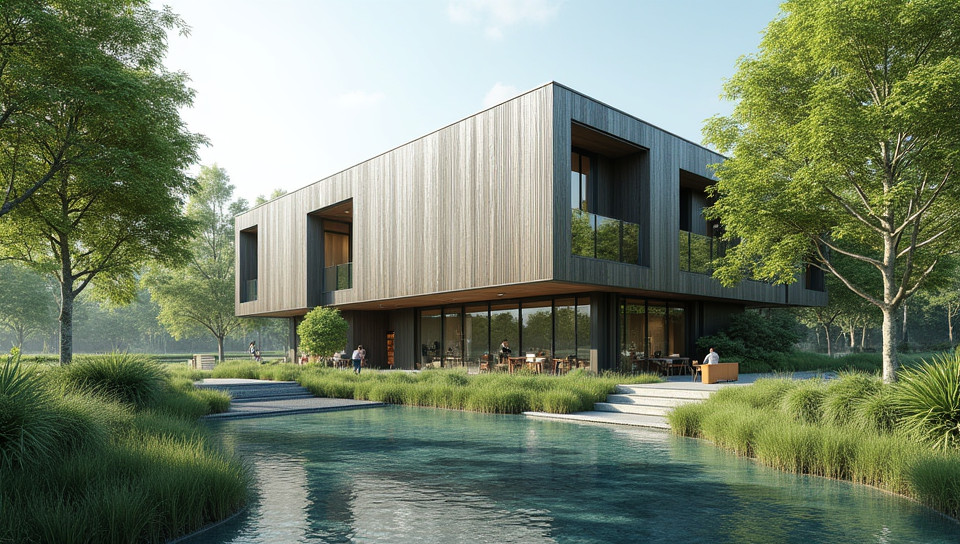Water conservation is essential in green building design 54%

The Future of Sustainable Design: Why Water Conservation is Crucial in Green Building
As we continue to navigate the complexities of climate change, it's becoming increasingly clear that our relationship with water is at the forefront of the sustainability conversation. Buildings account for a significant portion of global water usage, with commercial and residential spaces consuming massive amounts of this precious resource. In green building design, water conservation has emerged as a vital component in minimizing environmental impact and promoting long-term efficiency.
The Water Crisis: A Global Perspective
The United Nations estimates that by 2025, half of the world's population will be living in water-stressed areas. This reality is already being felt in many parts of the globe, where droughts, floods, and other extreme weather events are becoming more frequent and intense. In this context, green building design must prioritize water conservation to mitigate its impact on both local ecosystems and the global water supply.
Strategies for Water Conservation
There are numerous strategies that can be implemented in green building design to reduce water consumption and promote sustainability:
- Rainwater harvesting systems
- Greywater reuse systems
- Low-flow appliances and fixtures
- Drought-resistant landscaping
- Water-efficient irrigation systems
The Benefits of Water Conservation
By incorporating water conservation measures into green building design, architects, engineers, and builders can create spaces that not only reduce environmental impact but also provide significant economic benefits. These advantages include:
- Reduced operating costs through decreased water bills
- Increased property values due to the appeal of sustainable features
- Enhanced occupant health and well-being through improved indoor air quality and reduced exposure to pollutants
Conclusion
As we strive for a more sustainable future, green building design must prioritize water conservation as a vital component. By incorporating innovative strategies and technologies, we can create spaces that not only reduce environmental impact but also promote long-term efficiency and cost savings. The time to act is now – the future of our planet depends on it.
- Created by: Alicja Jankowski
- Created at: Dec. 19, 2024, 4:27 p.m.
- ID: 16864





